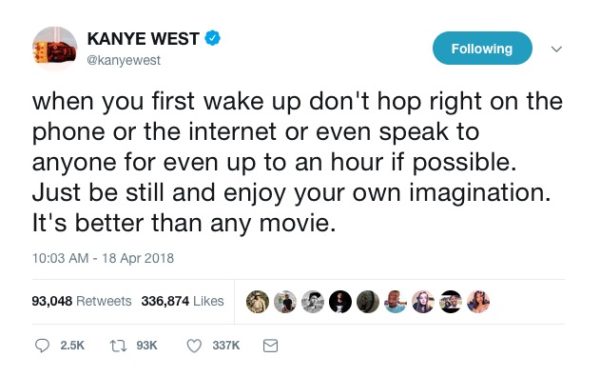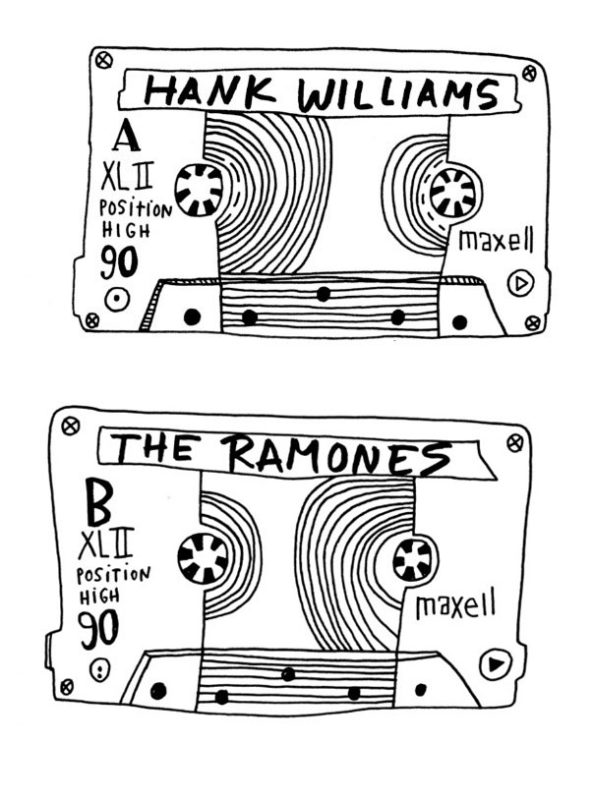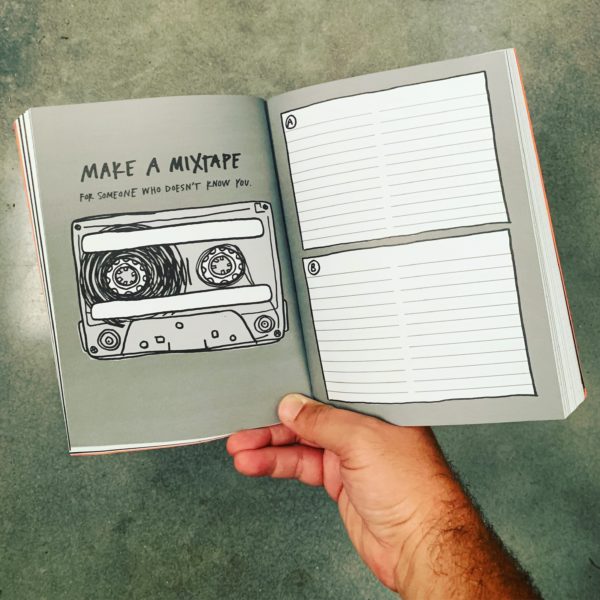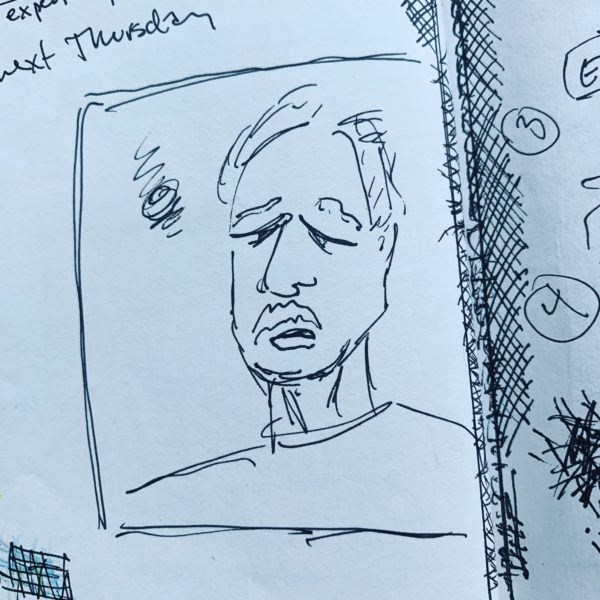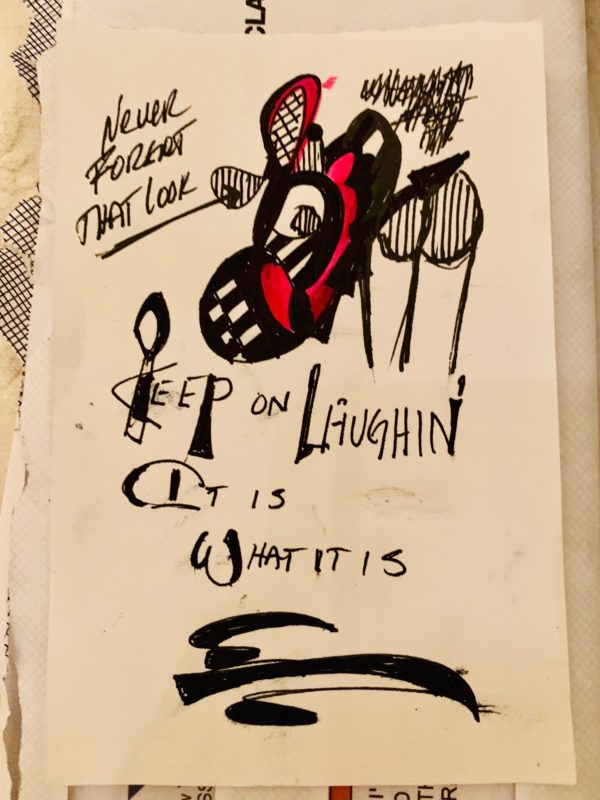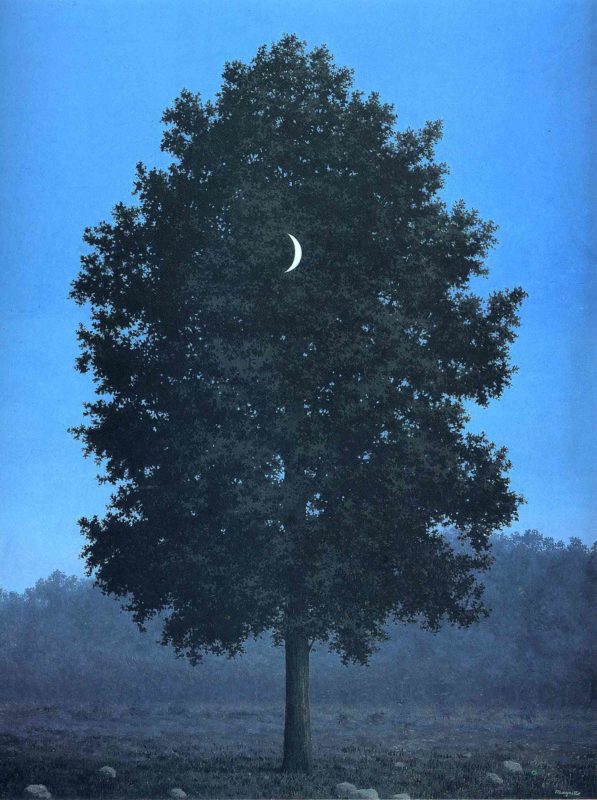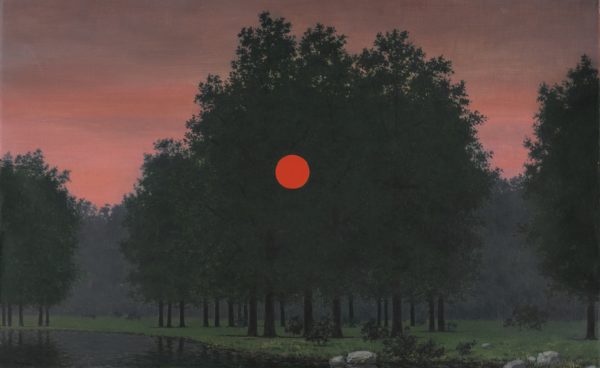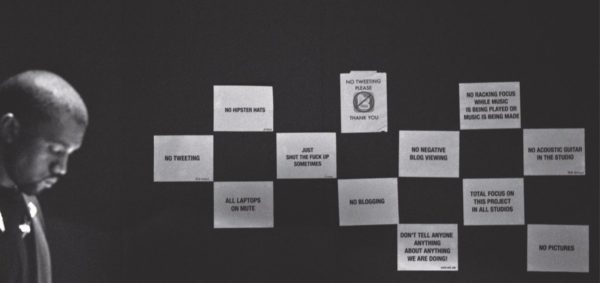
After posting our studio rules, several people reminded me of Kanye West’s rules in the studio while recording My Beautiful Dark Twisted Fantasy. (I first remember seeing these on Matt Thomas’s blog in 2013.)
Pusha T said of the experience:
“Once we hit the studio, it was just all focus on the music. All focus was one hundred percent on the music. There were rules: no Twittering, no e-mailing, no blog-watching – no stupid questions. All of this stuff is posted all over the walls. A wall of questions, for inspirations. ‘What would Mobb Deep do?’ All types of stuff.”
In an excerpt from his new memoir, Hurricanes, Rick Ross (who intro’d Kanye to Pusha T) describes the studio:
I started to gather that this wasn’t going to be my typical guest verse. The first thing I noticed were all these signs Kanye had put up on the walls.
NO TWEETING
NO HIPSTER HATS
ALL LAPTOPS ON MUTE
JUST SHUT THE FUCK UP SOMETIMES
NO TWEETING PLEASE THANK YOU
NO BLOGGING
NO NEGATIVE BLOG VIEWING
DON’T TELL ANYONE ANYTHING ABOUT ANYTHING WE’RE DOING!
NO RACKING FOCUS WHILE MUSIC IS BEING PLAYED OR MUSIC IS BEING MADE
TOTAL FOCUS ON THIS PROJECT IN ALL STUDIOS
NO ACOUSTIC GUITAR IN THE STUDIO
NO PICTURESI wasn’t sure what tweeting was but I did know that something different was taking place here.
Kanye is also against waking up with your phone:
